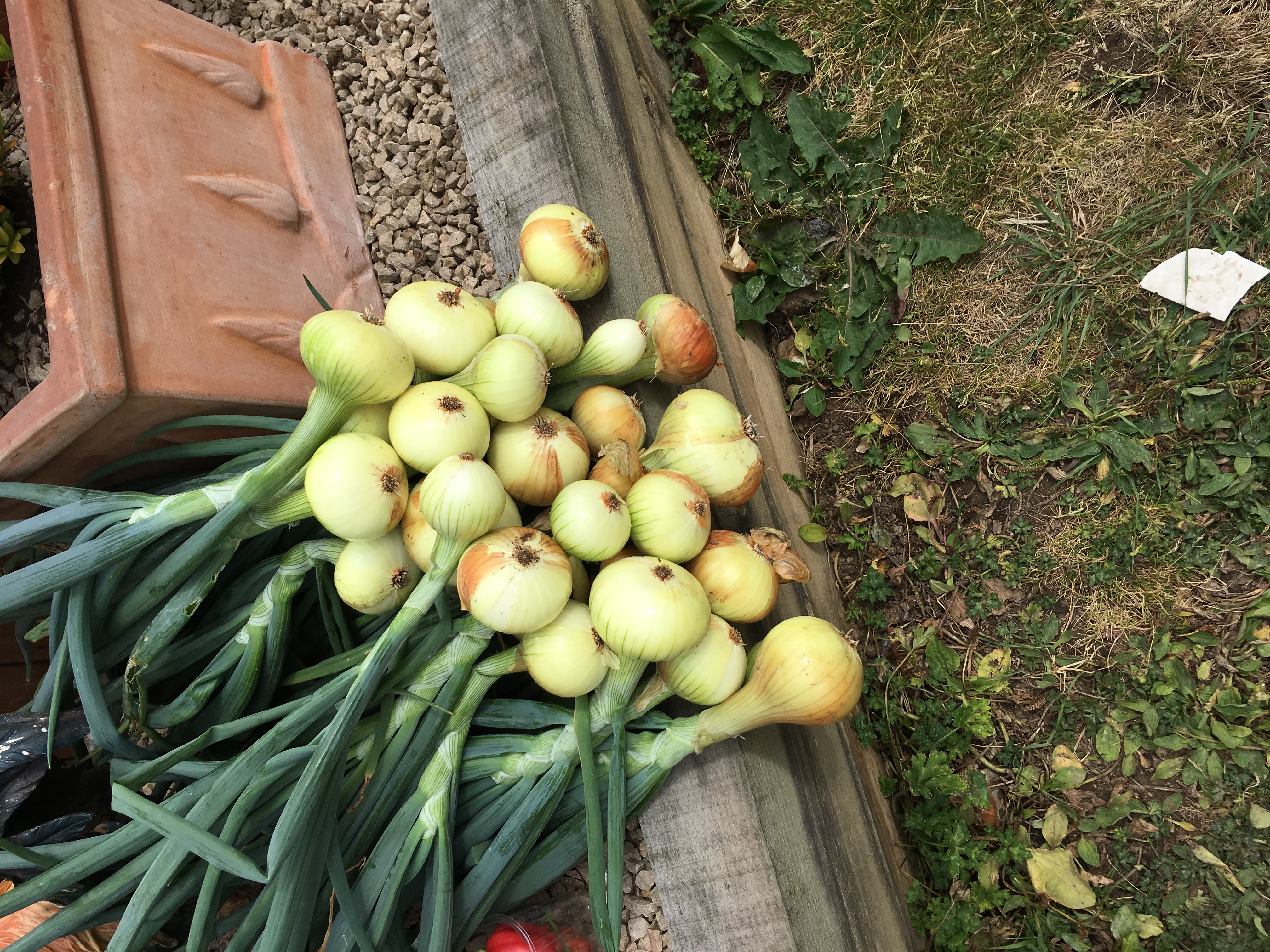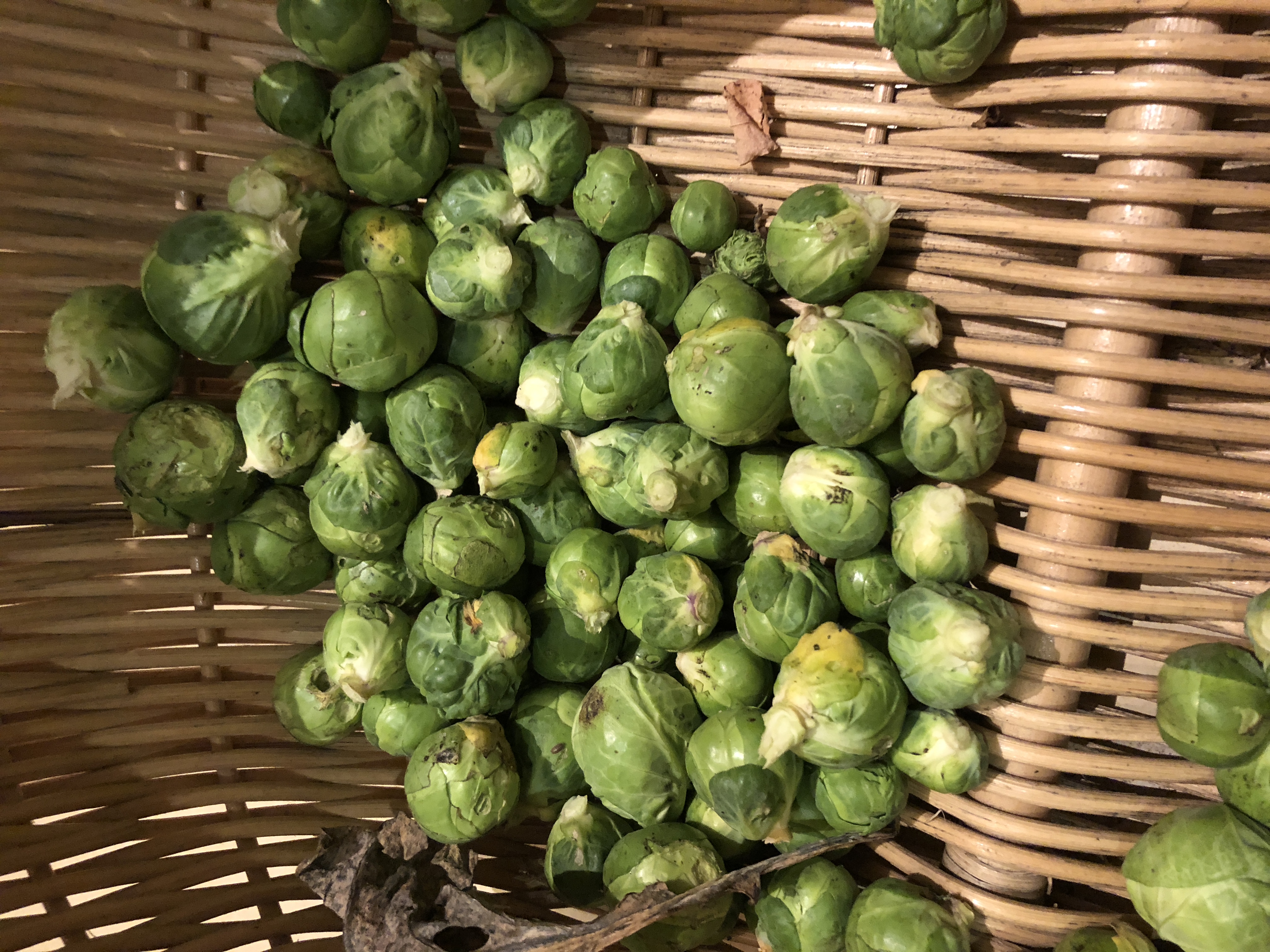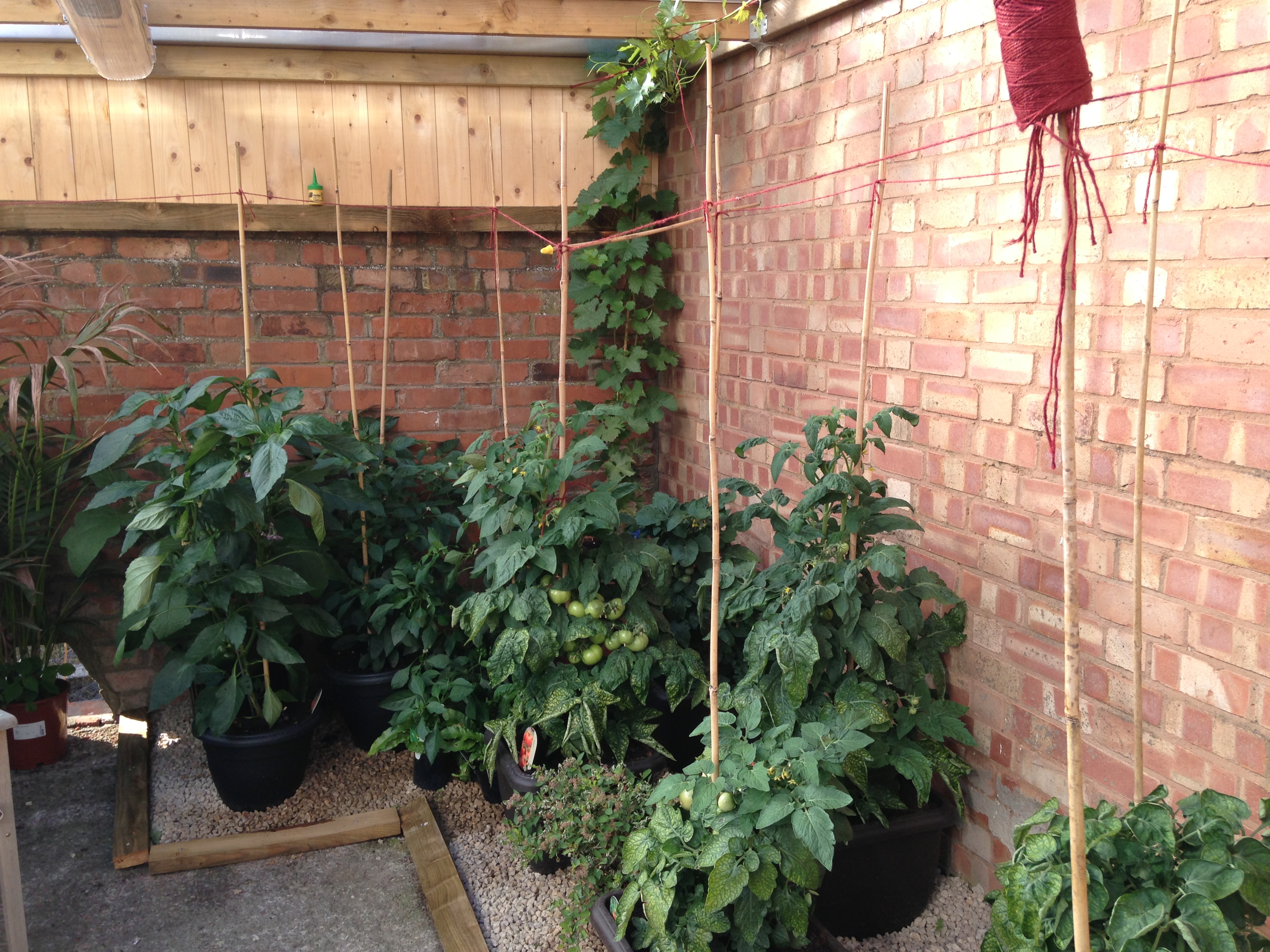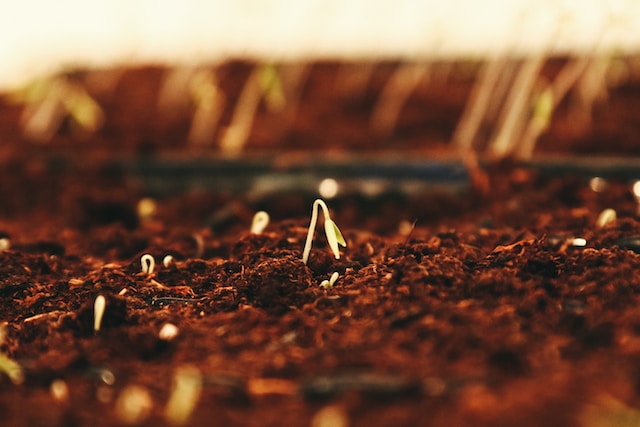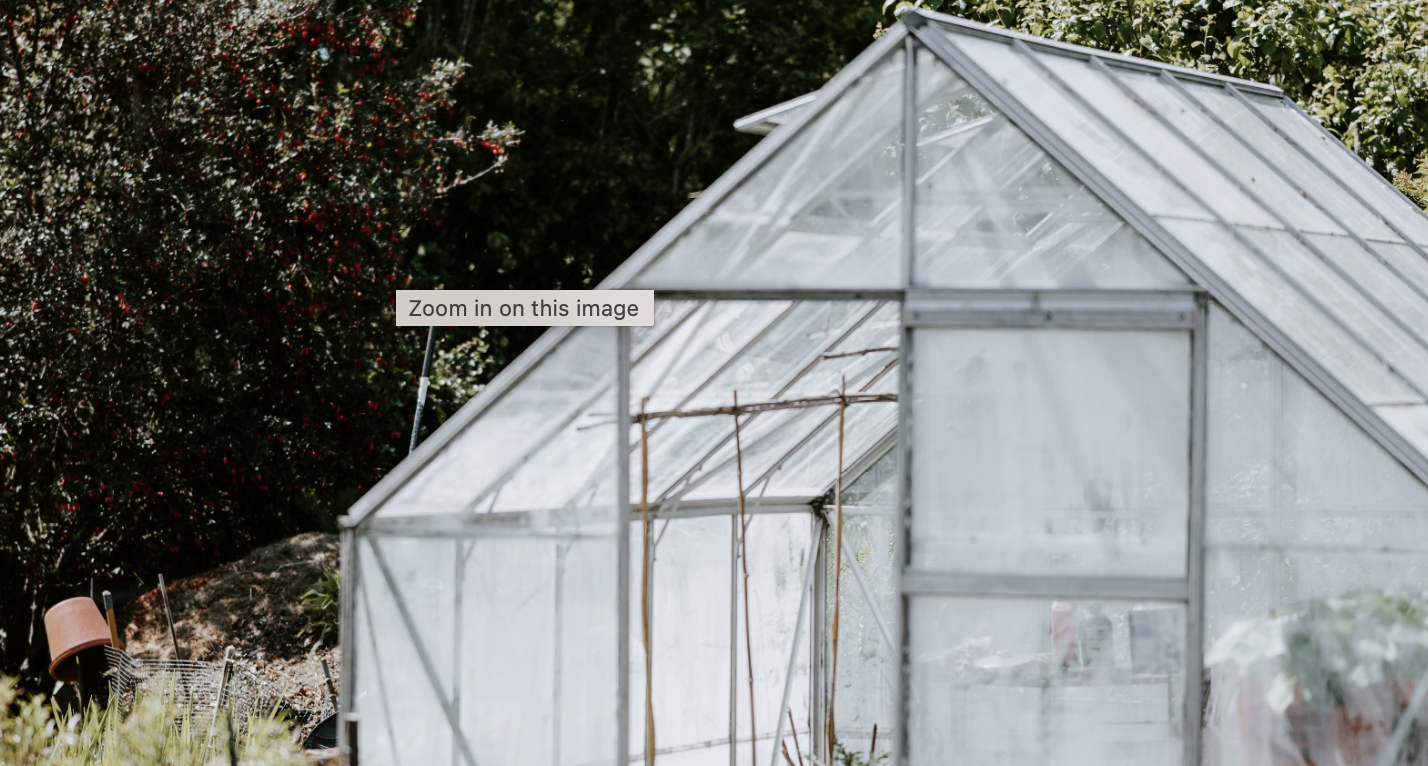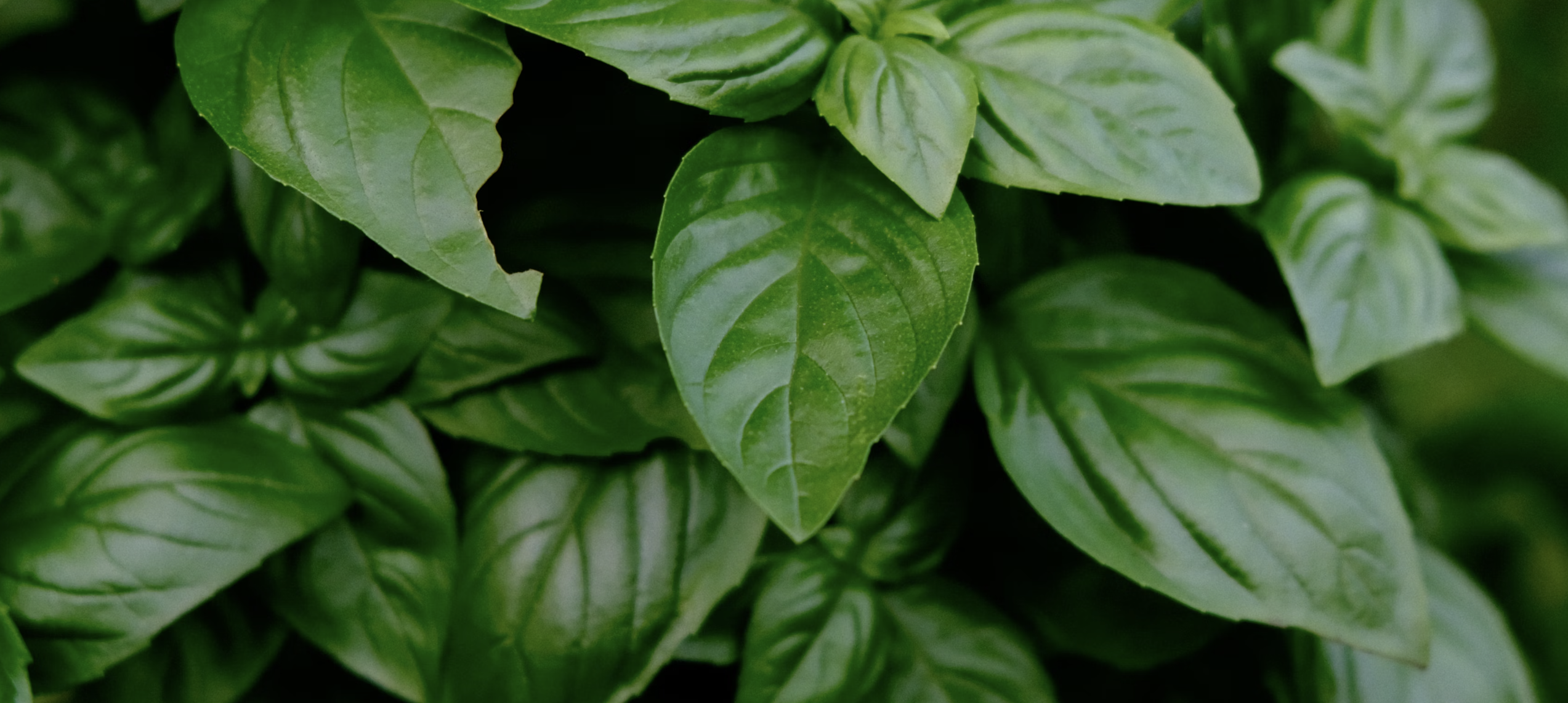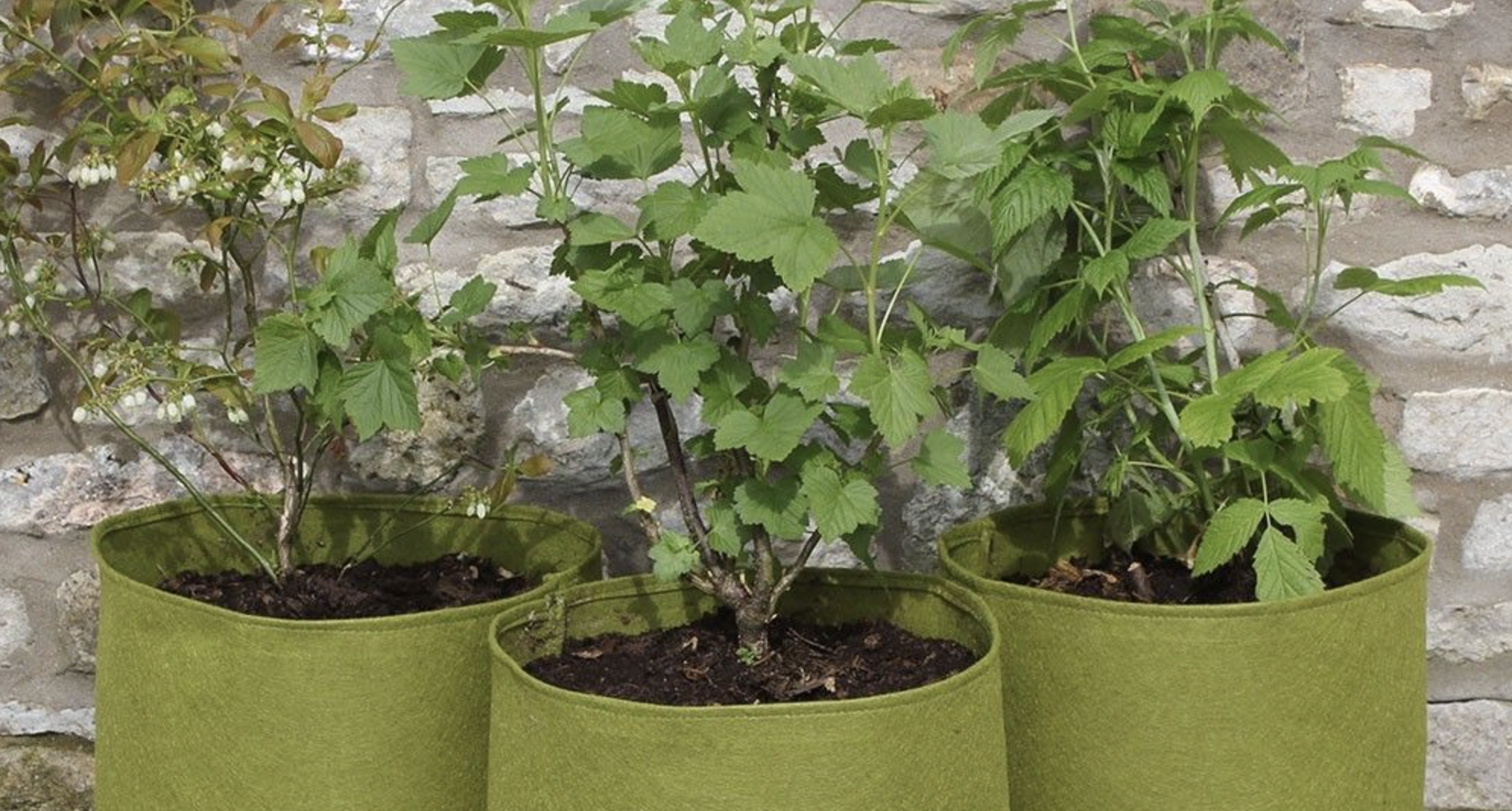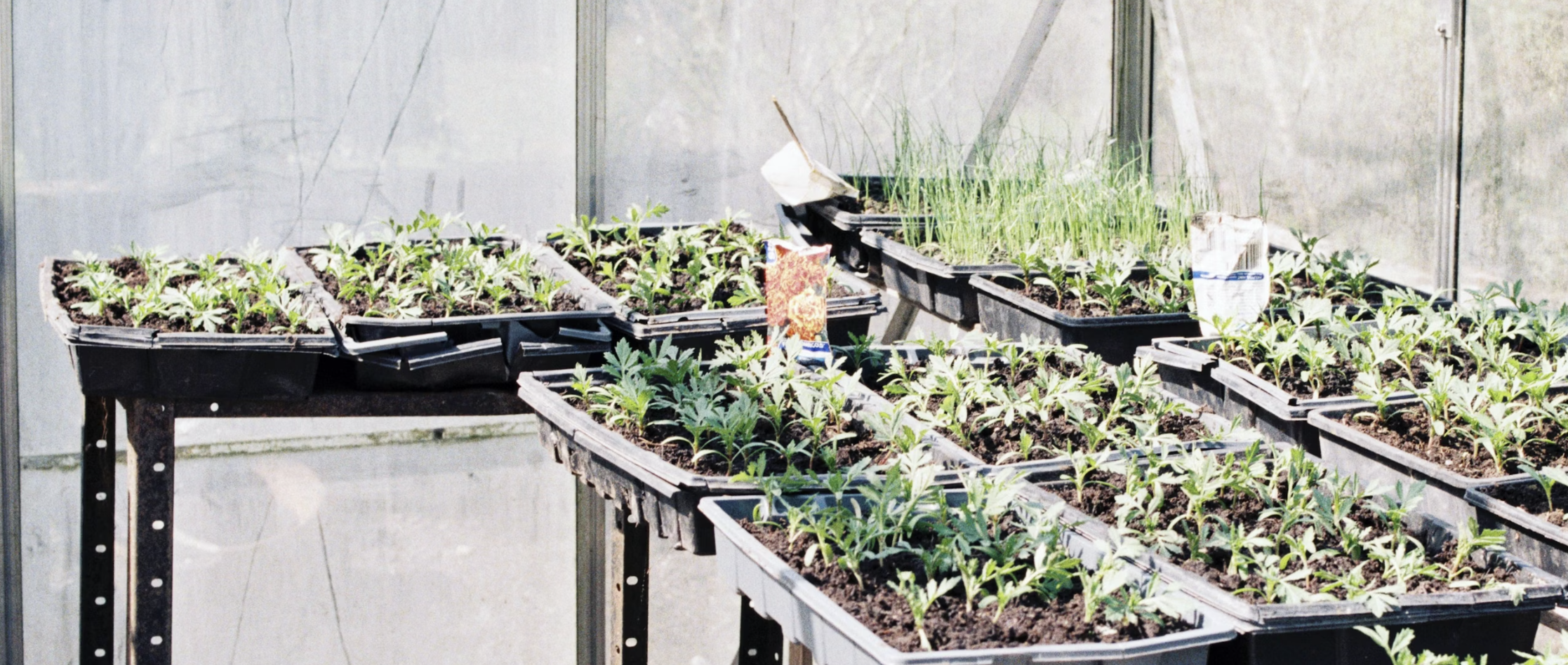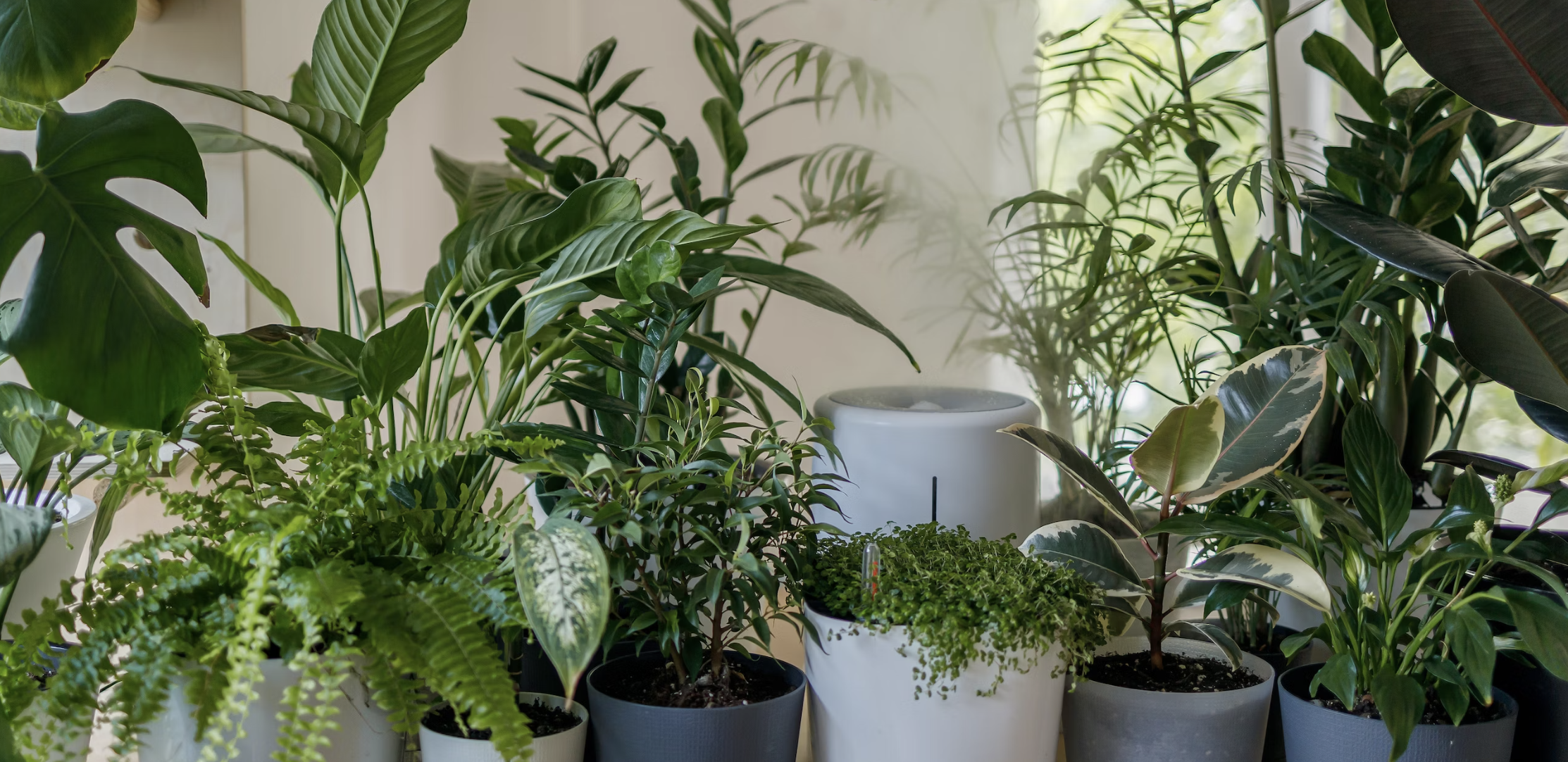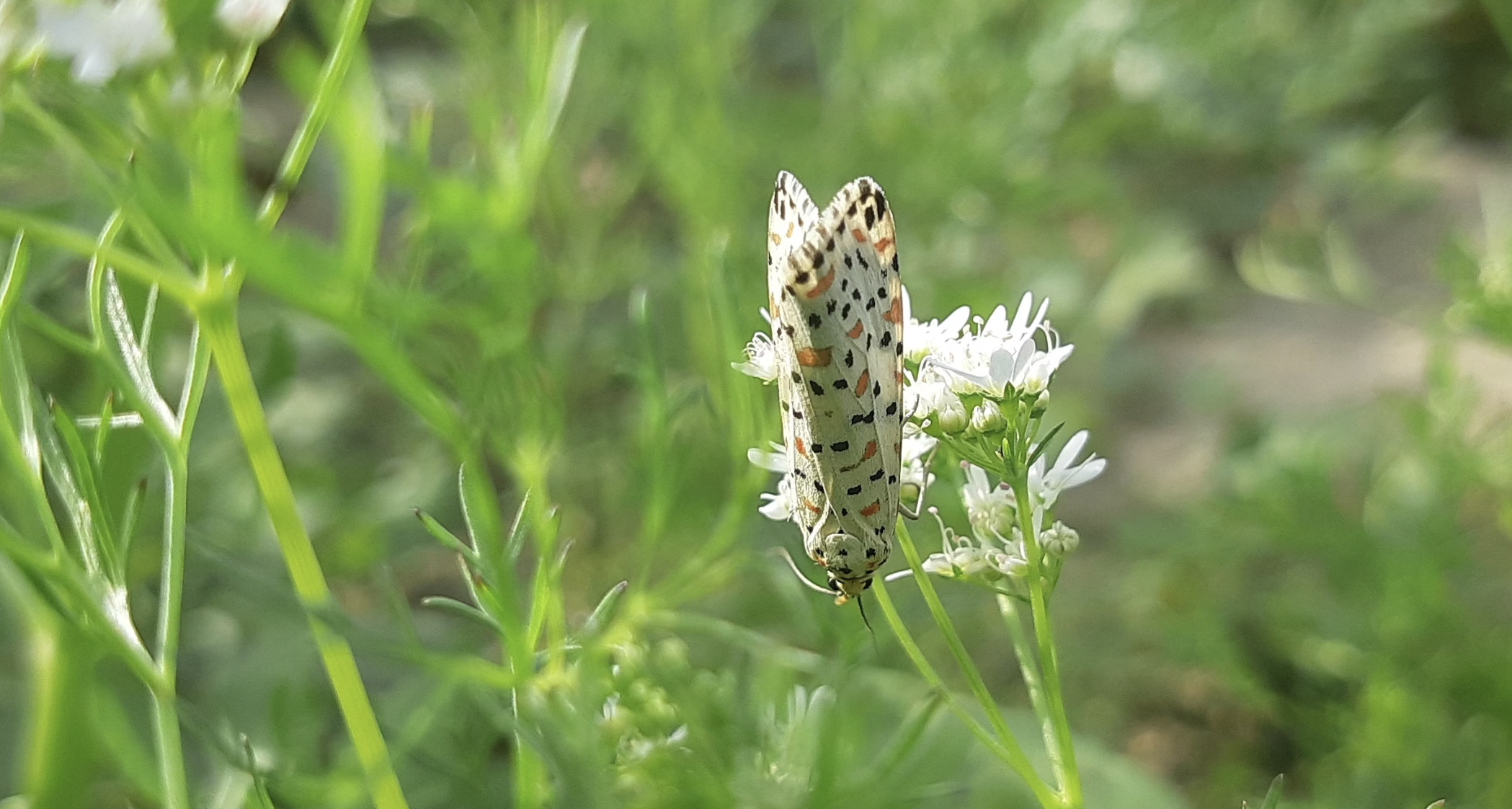
Are you tired of watching your vegetable garden being plundered by pests? If so, it's time to discover the power of vegetable garden netting. This simple yet effective solution can help you maximize your yield by keeping pesky insects and animals at bay. With the right netting, you can create a protective barrier around your plants, preventing pests from feasting on your precious produce.
Using vegetable garden netting is not just about keeping pests away. It also helps promote healthy growth by providing shade and protection from harsh weather conditions. Additionally, it allows for better airflow, minimizing the risk of diseases.
Whether you're growing tomatoes, cucumbers, or lettuce, investing in high-quality garden netting is a wise choice. Say goodbye to frustrating battles with pests and hello to a bountiful harvest. Don't let your hard work go to waste – protect your vegetables with the power of garden netting.
Types of pests in vegetable gardens
Vegetable gardens are often targeted by a variety of pests that can wreak havoc on your plants. Common pests include aphids, caterpillars, slugs, snails, and rodents. These pests can quickly multiply and cause significant damage to your vegetable plants, leaving you with a diminished yield.
Aphids are small insects that feed on the sap of plants, causing leaves to curl and become distorted. Caterpillars, on the other hand, are the larvae of butterflies and moths. They feed on the leaves of plants and can quickly strip them bare if left unchecked.
Slugs and snails are notorious for their ability to devour entire seedlings and young plants overnight. These slimy creatures thrive in damp conditions and can quickly decimate your vegetable garden if not controlled.
Rodents, such as mice and rats, are attracted to vegetable gardens because of the abundance of food. They can dig up newly planted seeds, eat mature fruits and vegetables, and even chew through plant stems.
The importance of pest control in vegetable gardens
Pest control is crucial in vegetable gardens to ensure a bountiful harvest. If left unchecked, pests can cause significant damage to your plants, resulting in stunted growth and reduced yields. They can also transmit diseases, making your plants more susceptible to infections.
By implementing effective pest control measures, such as using vegetable garden netting, you can protect your plants from damage and disease. This not only maximizes your yield but also ensures that you can enjoy healthy and nutritious vegetables from your garden.
How vegetable garden netting works
Vegetable garden netting acts as a physical barrier, preventing pests from reaching your plants. It is made of durable and lightweight materials that allow sunlight, water, and air to penetrate while keeping pests out. The netting is typically suspended over the plants, creating a protective enclosure.
The mesh size of the netting is essential in determining the types of pests it can effectively keep out. Smaller mesh sizes, such as 0.5mm, are suitable for preventing aphids and other tiny insects from accessing your plants. For larger pests like birds and rodents, a larger mesh size of around 20mm is more appropriate.
It's important to ensure that the netting is securely fastened to prevent any gaps that pests can exploit. Regular inspections and maintenance are necessary to ensure the netting remains intact and effective in keeping pests away.
Choosing the right type of netting for your needs
When choosing vegetable garden netting, it's essential to consider your specific needs and the types of pests you're dealing with. There are various types of netting available, each designed to target specific pests or provide additional benefits.
For example, fine mesh netting is ideal for protecting against small insects like aphids and caterpillars. It can also help reduce the spread of diseases carried by pests. Alternatively, if you're dealing with larger pests like birds or rodents, you may opt for a heavier-duty netting with a larger mesh size.
Additionally, some nettings are designed specifically to provide shade and temperature control. These are particularly useful in hotter climates or during the summer months when excessive heat can stress your plants.
Consider the size of your garden and the types of crops you're growing when selecting the appropriate netting. It's also worth reading reviews and seeking recommendations from other gardeners to find the most suitable option for your needs.
Installing and maintaining vegetable garden netting
Proper installation and maintenance are crucial for the effectiveness of your vegetable garden netting. Follow these steps to ensure your netting provides maximum protection:
1. Measure your garden area to determine the amount of netting required. It's essential to have enough netting to cover the entire garden without leaving any gaps.
2. Install support structures, such as stakes or hoops, to suspend the netting over your plants. Ensure they are securely anchored to prevent the netting from sagging or collapsing.
3. Carefully drape the netting over the support structures, making sure it's taut and covers the entire garden area. Use clips or ties to secure the netting in place.
4. Regularly inspect the netting for any tears or damage. Repair or replace damaged sections promptly to maintain the integrity of the barrier.
5. During harvest, lift or roll back the netting to access your plants. Be cautious not to disturb any pests that may be trapped inside.
By following these installation and maintenance practices, you can ensure that your vegetable garden netting remains effective in protecting your plants from pests.
Other natural pest control methods to use alongside netting
While vegetable garden netting is an excellent tool for pest control, it can be even more effective when combined with other natural pest control methods. Here are a few additional strategies to consider:
1. Companion planting: Some plants naturally repel pests, while others attract beneficial insects that prey on pests. By strategically planting certain crops together, you can create a natural pest control system. For example, marigolds can deter aphids, while attracting ladybugs that feed on them.
2. Organic pest sprays: Homemade or commercially available organic sprays can be used to deter pests without harming beneficial insects or compromising the safety of your produce. Neem oil, garlic spray, and soap-based solutions are commonly used to repel pests.
3. Crop rotation: Rotating your crops each season can help disrupt pest life cycles and reduce the risk of infestations. Pests that rely on specific plants for survival may struggle to find suitable hosts if you rotate your crops.
4. Natural predators: Encouraging natural predators, such as birds, frogs, or ladybugs, can help control pest populations. Create habitats for these beneficial creatures in your garden by providing bird feeders, water features, or insect hotels.
By combining these natural pest control methods with vegetable garden netting, you can create a multi-layered defense system that effectively keeps pests at bay.
Common mistakes to avoid when using netting
While vegetable garden netting is a powerful tool for pest control, there are common mistakes that gardeners make when using it. Avoid these pitfalls to ensure the effectiveness of your netting:
1. Insufficient coverage: Leaving gaps or not properly securing the netting can allow pests to enter and damage your plants. Ensure your netting covers the entire garden area and is securely fastened to prevent any access points for pests.
2. Neglecting maintenance: Regularly inspecting and repairing the netting is essential to keep it in optimal condition. Failure to address any tears or damage promptly can render the netting ineffective in keeping pests out.
3. Improper installation: Incorrectly installing the netting can lead to sagging or collapsing, providing an opportunity for pests to enter. Follow the recommended installation instructions and use appropriate support structures to ensure the netting remains taut and secure.
4. Trapping beneficial insects: While the primary goal of netting is to keep pests out, it can inadvertently trap beneficial insects inside. Be mindful when lifting or rolling back the netting during harvest to avoid disturbing or harming beneficial insects.
By avoiding these common mistakes, you can maximize the effectiveness of your vegetable garden netting and ensure the protection of your plants.
Success stories and testimonials from gardeners using netting
Countless gardeners have experienced the benefits of vegetable garden netting first-hand. Here are a few success stories and testimonials:
"I used to struggle with aphids infesting my vegetable garden every year. Since I started using fine mesh netting, I haven't seen a single aphid on my plants. It's been a game-changer!" - Emma, avid gardener.
"Netting has been a game-changer for my tomato plants. I used to lose half of my crop to birds, but now I can enjoy every juicy tomato thanks to the protective barrier. Highly recommended!" - John, tomato enthusiast.
"Living in an area with a high rodent population, I was constantly battling with mice and rats stealing my vegetables. Netting has saved my garden! No more missing fruits or chewed-up plants. It's given me peace of mind." - Sarah, urban gardener.
These success stories demonstrate the effectiveness of vegetable garden netting in protecting against various pests and maximizing yields. Join the growing community of gardeners who have experienced the benefits firsthand.
Conclusion and final thoughts
Don't let pests rob you of the fruits of your labor. By investing in high-quality vegetable garden netting, you can create a protective barrier around your plants, keeping pests at bay and maximizing your yield. With the right netting, you can enjoy healthy, pest-free vegetables from your garden.
Consider the types of pests you're dealing with and the specific needs of your garden when choosing the right netting. Proper installation and maintenance are essential for the effectiveness of your netting, so be sure to follow the recommended practices.
Remember, vegetable garden netting is just one tool in your pest control arsenal. By combining it with other natural pest control methods, you can create a comprehensive defense system that ensures the health and productivity of your vegetable garden.
Say goodbye to frustrating battles with pests and hello to a bountiful harvest. Protect your vegetables with the power of garden netting and reap the rewards of a thriving garden. Maximize your yield and enjoy the fruits of your labor with vegetable garden netting.




